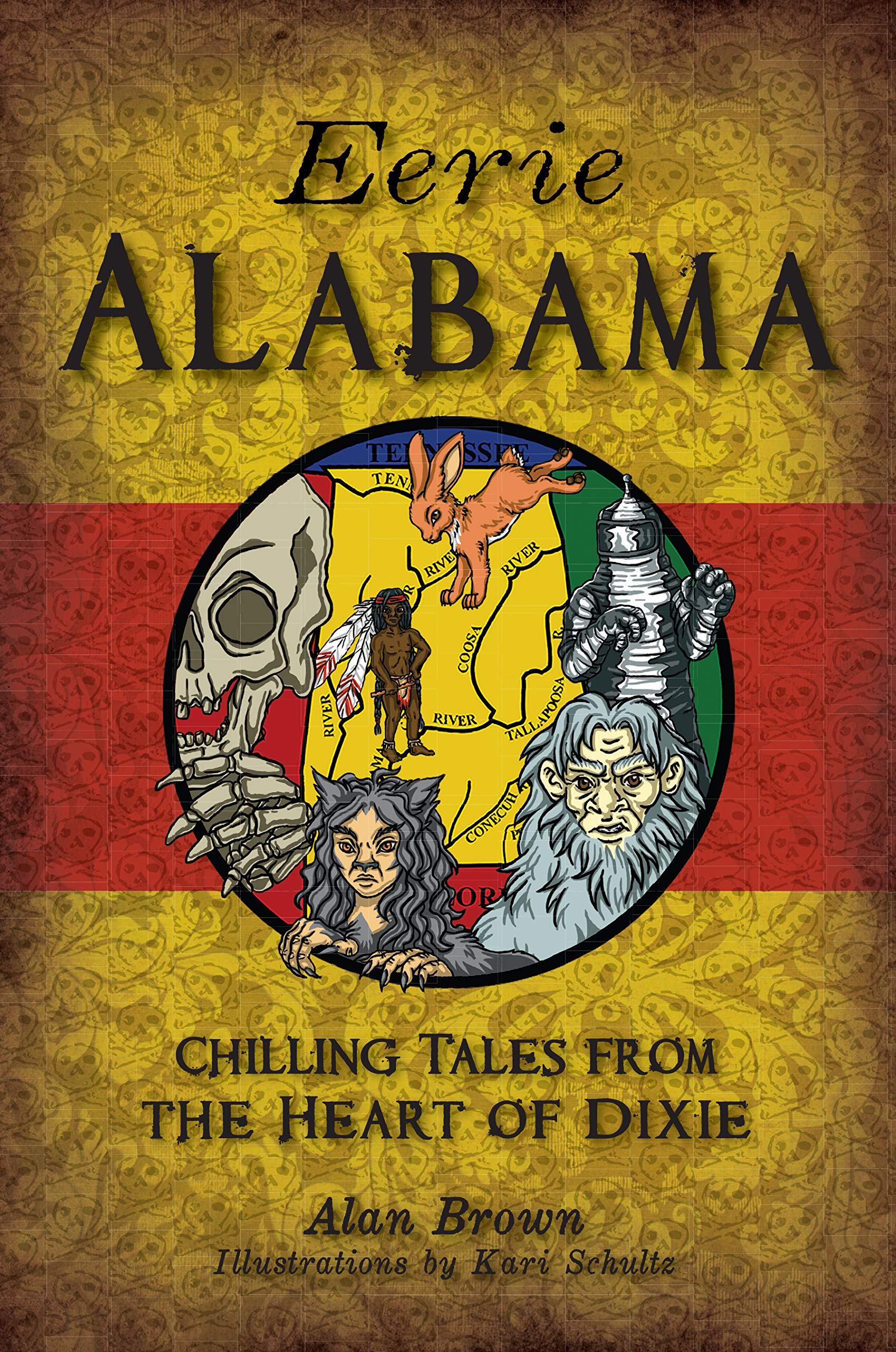The Unitarian Church in Charleston is the second oldest church on the city peninsula. In 1772, the Society of Dissenters decided that their building on meeting Street was not large enough to accommodate the church’s increasing size, so plans were made for the construction of another church on Archdale Street to handle the “overflow.” The new church was not formally dedicated until 1787 because the American and British militia used the church for a barracks. The two churches did not become two separate entities until 1817 when one of the ministers, Anthony Forster, and a number of members of the Society of Dissenters decided to become Unitarians. Over half of the congregation moved with their minister to the Archdale Street church, which was re-named “The Second Independent Church in Charleston.” The name of the church was not changed until 1839, when it was re-chartered as The Unitarian Church. The Unitarian Church has barely escaped total destruction several times. The Great Charleston Fire of 1861 burned the fence enclosing the church but left the building untouched. The Charleston Earthquake of 1886 toppled the steeple, but the church itself was left intact. When Hurricane Hugo blew into Charleston in 1989, it spared the church but felled several old trees, which damaged a number of tombstones in the churchyard. Like the church itself, the resilient spirits of several women interred in the churchyard seem to have been unfazed by the passing of time.
One of the ghosts who haunts the Unitarian Church Graveyard is the spirit of Mary Whitridge, who lived in Mount Pleasant, South Carolina, around the turn of the century. In 1906, Edward was stricken with what he believed to be tuberculosis, or “consumption,” as it was known then. On the advice of his wife, Edward decided to travel by shop to Baltimore, where he planned to consult with one of the physicians at John. Hopkins. His ship left Charleston Harbor on January 11, 1907. Unknown to Mary or his doctor, Edward was actually too ill to complete the journey. His body was taken tot he Baltimore morgue, where the coroner determined that he had died of heart failure. Is corpse was interred in the city cemetery.
Coincidentally, Mary passed away on the same day when Edward died. It turned out that Mary, who was 61, also had a weak heart that finally gave out on July 13. She was buried in the Unitarian Graveyard. Next to her grave is an empty plot where Edward was to be buried. Today, Mary Whitridge’s bright, shimmering spirit floats around the graveyard where she and Edward enjoyed taking walks in happier days. Witnesses sense that she is a melancholy spirit who is looking for something or someone, quite possibly her husband, whose corpse was not united with her in the Unitarian Church graveyard. A notorious female spirit also walks among the tombstones at the Unitarian Church Graveyard. This is the ghost of Lavinia Fisher, who is often referred to as America’s first female serial killer. She was an extraordinarily beautiful woman who, with her husband, John, managed a hotel—the Six Mile Wayfarer House—in the Charleston Neck region between 1810 and 1820. The Fishers were said to murder their guests in their beds and steal their possessions. The couple sold their victims’ horses and carriages at auction and pocketed the proceeds. John and Lavinia were hanged on February 18, 1820. Lavinia was wearing her white wedding dress at the time. She was buried in an unmarked grave in the Unitarian Church Graveyard, the only cemetery that would take her body. For many years, visitors to the graveyard have seen the apparition of a woman wearing a white wedding dress wandering through the cemetery. Supposedly, she is looking for the judge who sentenced her to hang. Ironically, he too is buried in the Unitarian Church Graveyard. Until the Unitarian Church began locking the gates to the graveyard at night, it was not uncommon for large groups of people taking tours through the city to see the ghost of Lavinia Fisher.
The third spirit in the Unitarian Church Graveyard is the subject of one of Charleston’s most intriguing legends. She is the ghost of a fourteen-year-old girl, Anna Ravenel. Her father, Edmund Ravenel, was a noted conchologist and professor at the Medical College. Dr. Ravenel, who kept a house on Sullivan’s Island, also practiced medicine there. In 1827, Dr. Ravenel befriended a young soldier, Private Edgar A. Perry., who was stationed at Ft. Moultrie on the tip of Sullivan’s Island. According to the legend, Anna Ravenel and Edgar Perry fell in love. When Dr. Ravenel discovered that his daughter’s boyfriend was a soldier who was far beneath her, he closed his house on Sullivan’s Island and returned to Charleston. Edgar’s passion was so strong that he followed Anna to Charleston and rendezvoused with her in the Unitarian Church Cemetery. When Dr. Ravenel discovered that Anna’s lover was pursuing her in Charleston, he locked in her room and forbade her to leave. During her confinement in her room, Anna kept her spirits up by writing letters to Edgar, but her health began to decline. Several months after Dr. Ravenel locked Anna in her room, she died of yellow fever.
Edgar Perry did not learned immediately about Anna’s illness because he had been transferred away from Ft. Moultrie. He returned to Charleston as soon as he learned of Anna’s death, but her father would not allow him to attend her funeral. To discourage Edgar from visiting Anna’s grave at the Unitarian Church Graveyard, all of the graves in the family plot were dug to a depth of at least three feet so they would be indistinguishable from Ann’s grave.
In a legend that has been passed down from generation to generation for 150 years, the young soldier who fell in love with Anna Ravenel is identified as Edgar Allan Poe, who used the name Edgar A. Perry when he was stationed at Ft. Moultrie from 1827 to 1828. Poe not only made the acquaintance of Dr. Edmund Ravenel during his stay on Sullivan’s Island, but he is also said to have modeled the narrator of “The Gold Bug” after the renowned conchologist. The more romantically inclined residents of Charleston believe that Anna Ravenel was the inspiration for Poe’s poem “Annabel Lee. Anna Ravenel, they say, has joined Mary Whitridge and Lavinia Fisher in their eternal search for the men who changed their lives forever.



Recent Comments